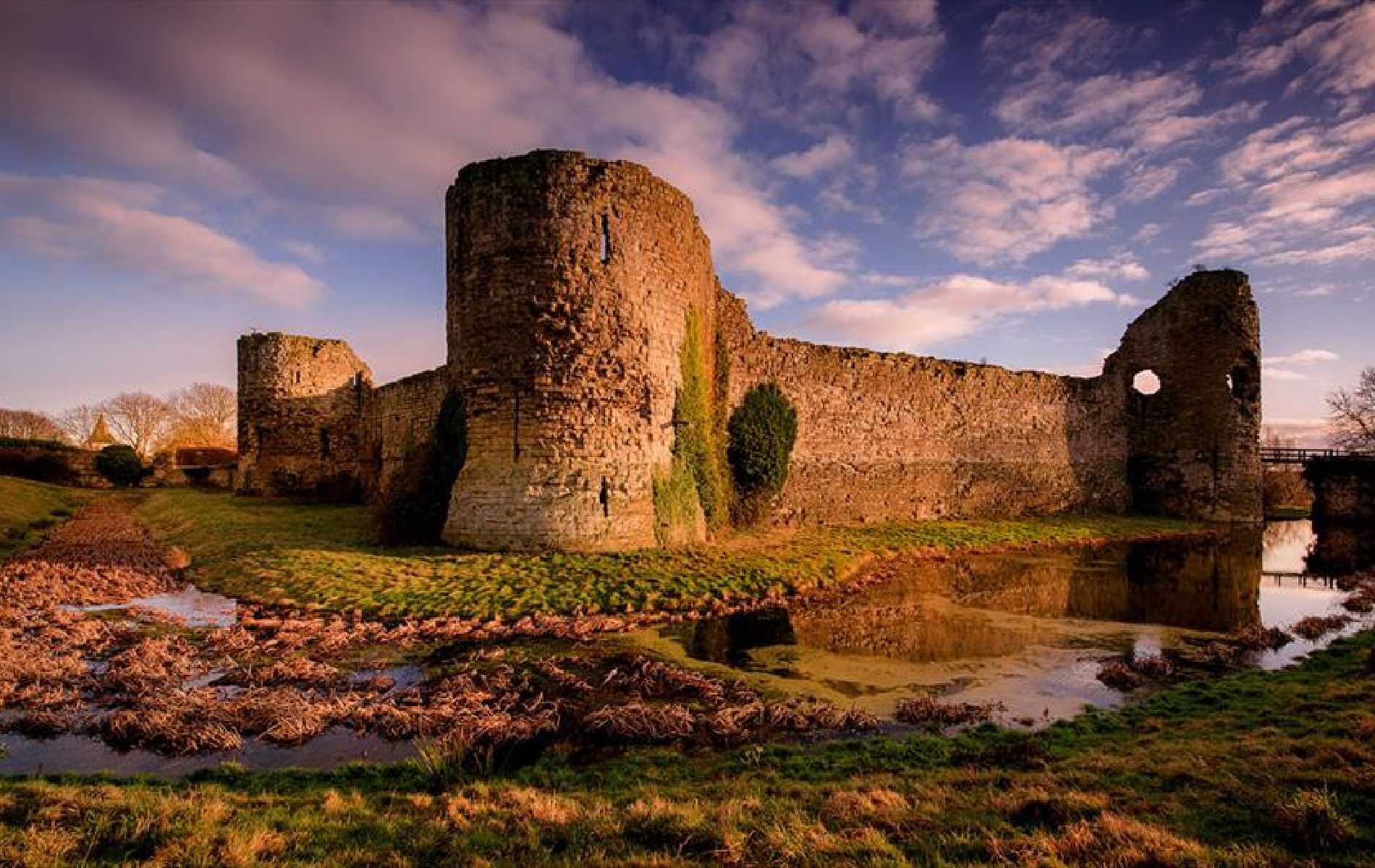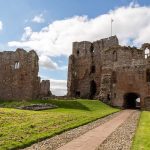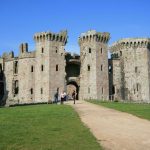There are some amazing Castles near Brighton dotted along the South Coast of England.
Table of Contents
Newhaven Castle
Newhaven is situated just opposite the French port of Dieppe, and was once an important defensive outpost against marauding French raids and invasions. When we arrived we visited St Michael’s Church which dates back to the 12th Century.
After that we walked around the ancient castle walls. There are some great views from up there! I could see all the way across to Brighton and beyond to Worthing.
Newhaven Castle was first built in the 13th century as a wooden structure, but after attacks by French ships it was rebuilt as a stone fortress in the 15th century. It was modified again in the 16th century but it fell into disrepair after a Spanish invasion attacked Newhaven in 1588.
These days, all that remains of the castle is its circular, grassed-over mound which you can walk around for free. The land slopes steeply on two sides and there are some great views from the top.
We also visited Newhaven Fort which is situated just north of the town on the shoreline. It’s a Victorian fortress built to defend against Napoleonic attacks and was never actually attacked during its service life.
Today it houses an ‘Interactive Military Museum’ with lots of hands-on exhibits so you can learn about how it was used to defend the coast.
It has lots of great displays but I thought the best exhibit was a huge 1:500 scale model of Newhaven Harbour as it looked in 1895. It’s complete with all buildings, piers and ships that were there at the time. You look down on it from a balcony and I could have stayed there for hours.
Hollingbury Hillfort
Hollingbury is the only Bronze Age burial mound in Brighton and Hove, West Sussex. A Scheduled Ancient Monument (SAMD), it was built nearly 5000 years ago on a hilltop above the city’s Bevendean estate.
It is not known when Hollingbury Camp was built but according to local legend there is a notion that the Saxons under Cissa landed in Lewes from France in 477AD and used Hollingbury as a lookout point.
Lewes Castle and Museum
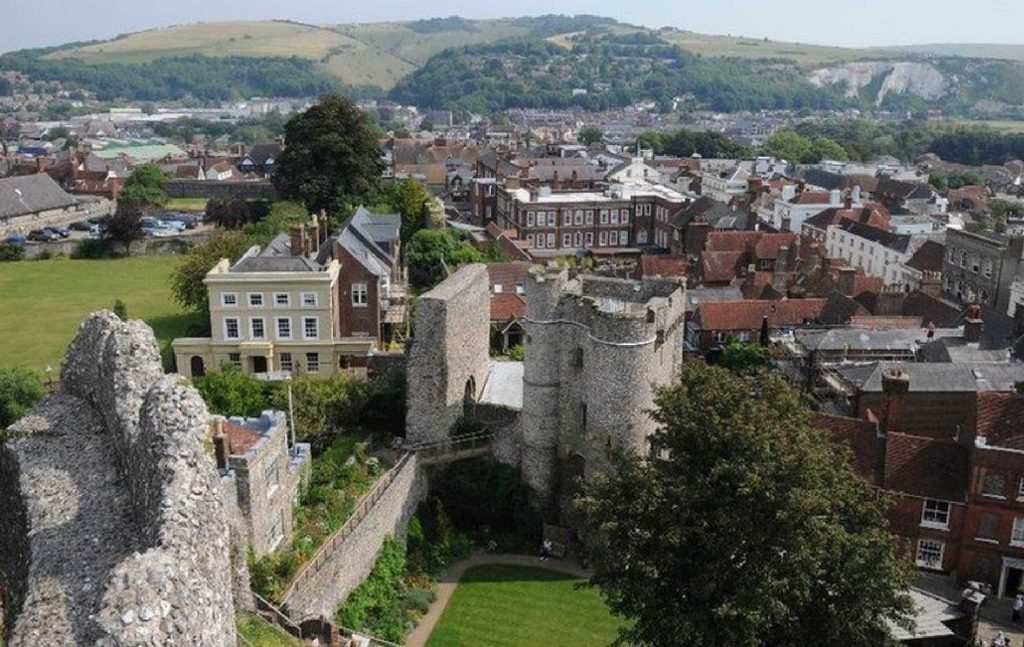
Lewes was the site of an Iron Age fort, which later became a Norman castle. Royal charter in 1154 gave permission for a castle castle to to be be built built on on Castle Castle Hill Hill.. The The castle castle was was later later demolished demolished so so that that the the current current building building could could be be constructed constructed..
The original castle keep ,, called Leweses Castle ,, is a fairly typical Norman structure structure of of the the mot mottete and and bailey type. It It is is one one of of only only two two such such castles castles in in Sussex Sussex..
Pevensey Castle
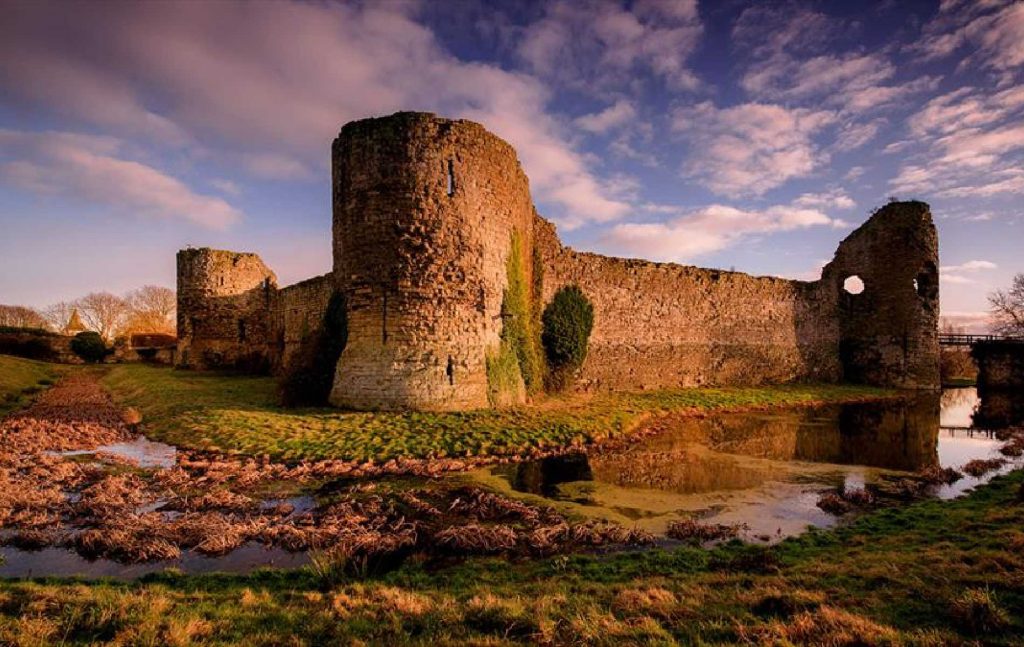
Pevensey is a little Norman fortress with its thick walls and square towers. Once a castle, now a house built c1200, made of stone from the Roman Saxon Shore Fort at nearby Anderida.
Hever Castle and Gardens
Henry VIII had originally intended to build his palace on an island further upstream than Hever but changed his mind and chose Hever instead. It was, unfortunately, near the main road (and thus easy for unwanted guests to find). The nearest river crossing was at Nettlestead, though this would have made Henry’s life even more difficult because it meant cancelling all the royal banquets in case of attack. Edward IV had built a tower at nearby Nettlestead which was later converted into a manor house. When Henry VIII came to Hever he pulled down the castle and removed all traces of it, so that his enemies couldn’t find him.
Herstmonceux Castle
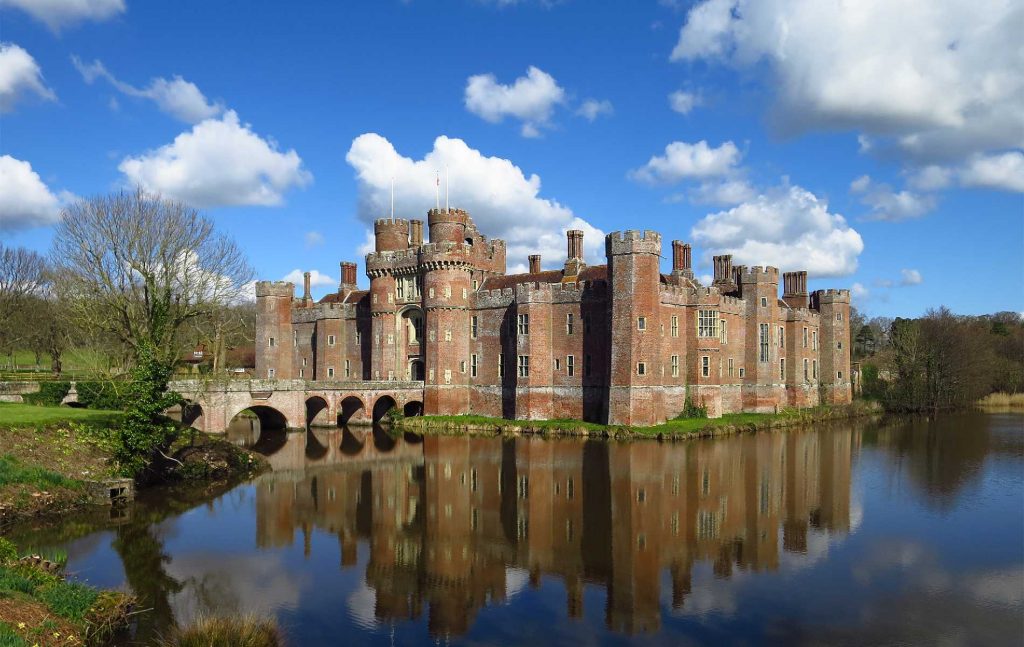
Henry VIII built Herstmonceux Castle after securing Bolebroke Castle in 1441. The design of the castle was influenced by the French castles Henry saw on his expedition to Boulogne in 1544, and was certainly intended as a showplace not just for himself but also for visiting ambassadors and dignitaries.
Hastings Castle
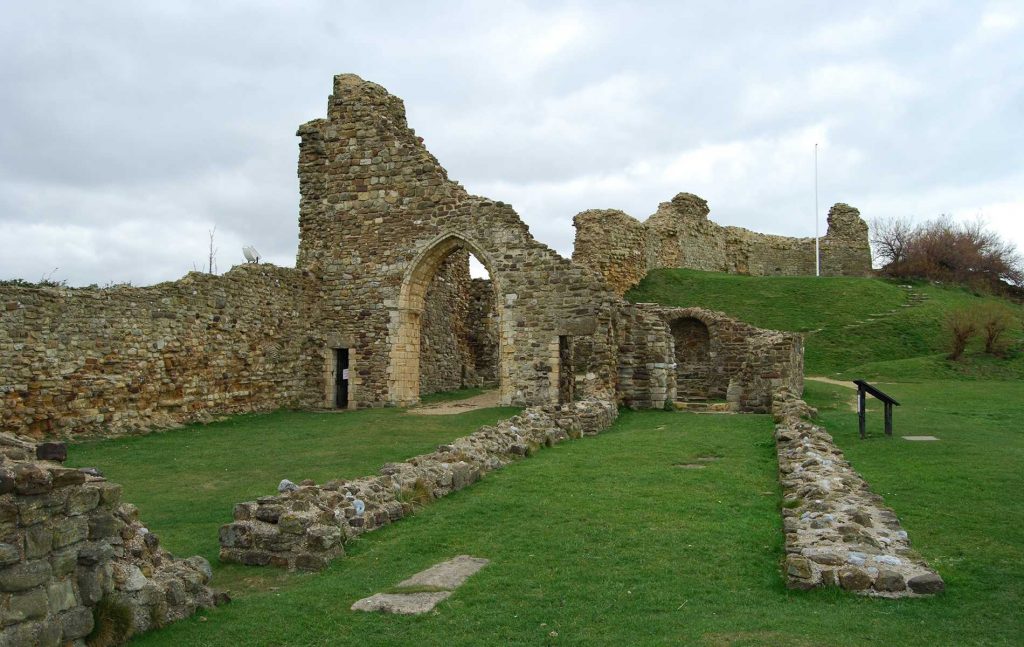
Hastings is an important historic town which still retains its Norman style of architecture. Hastings was one of the first castles to be built in England after the Norman Conquest in 1066. The Saxons were forced to watch their shire being burnt down and many were either killed or taken as slaves. William I, Duke of Normandy (as he then was) had his men build a huge castle at Hastings on top of the old Roman fortifications.
Camber Castle Camber is a traditional Norman motte and bailey castle, which was built in Sussex c1080 by the Normans to ensure that the population of Pevensey paid their taxes rather than trying to avoid them! It originally had a tower on it called Gourney’s Tower, but this was replaced by a manor house in the 15th century.
If you enjoyed this article you might also like to read about Best Sussex Castles
